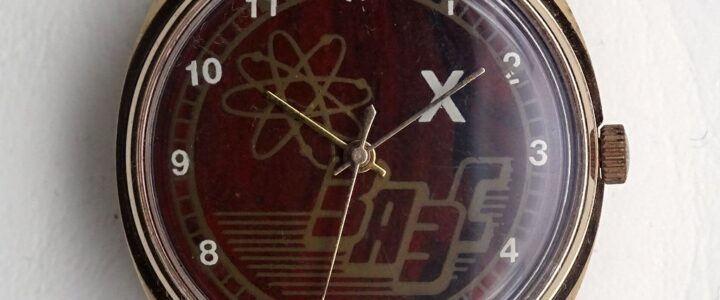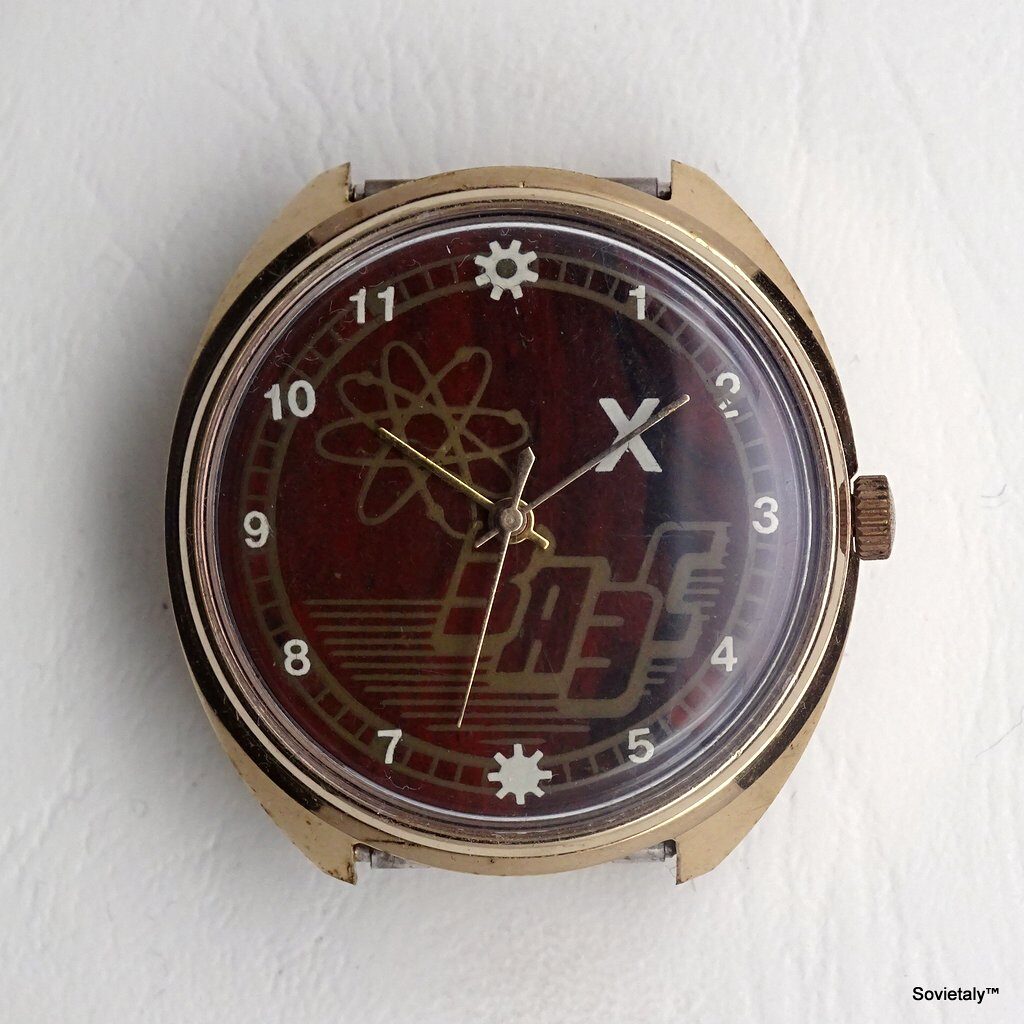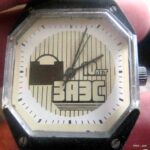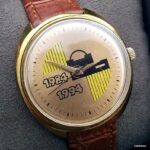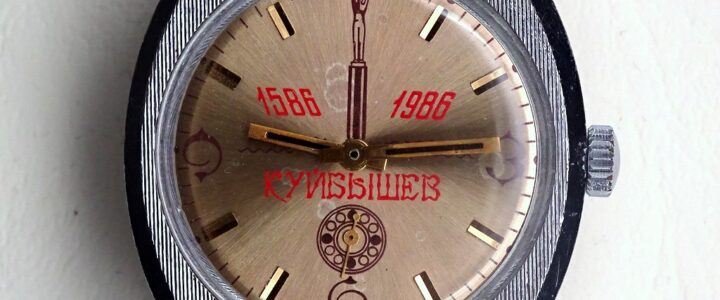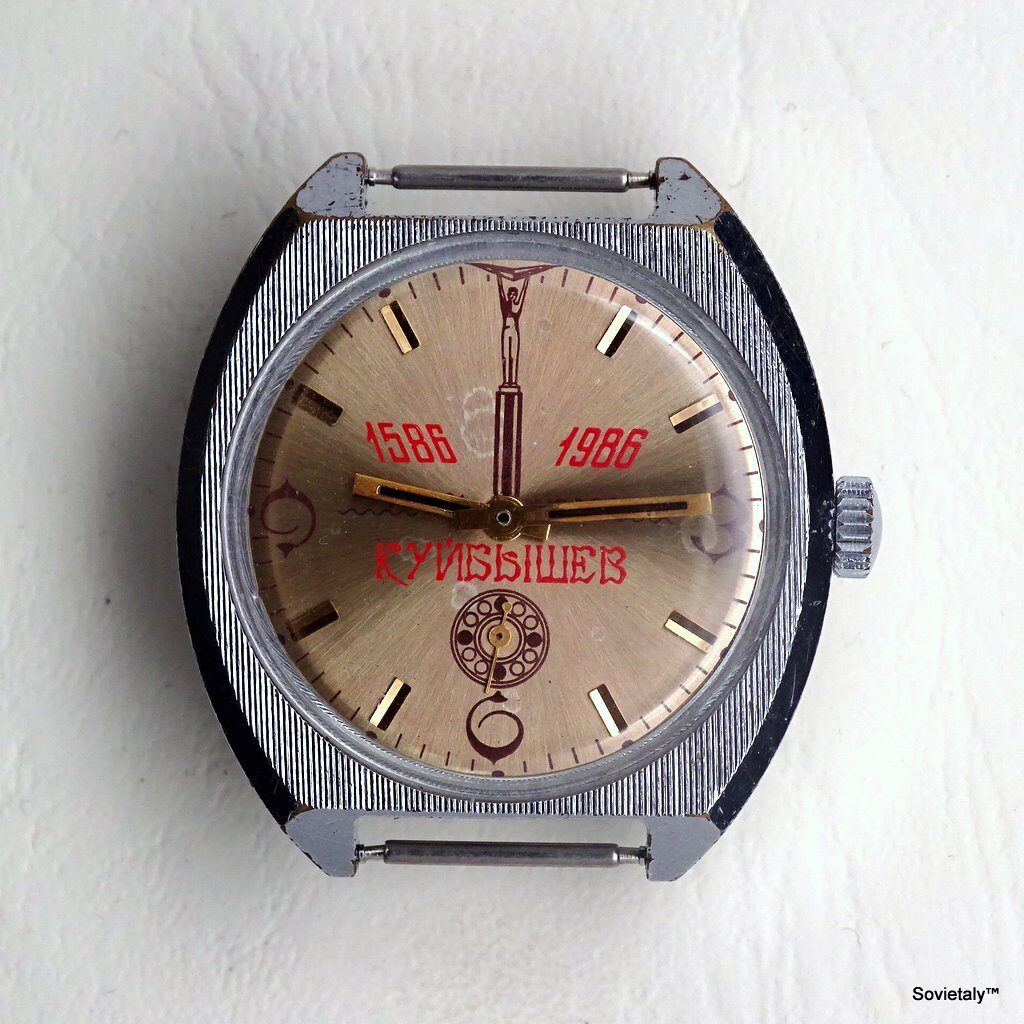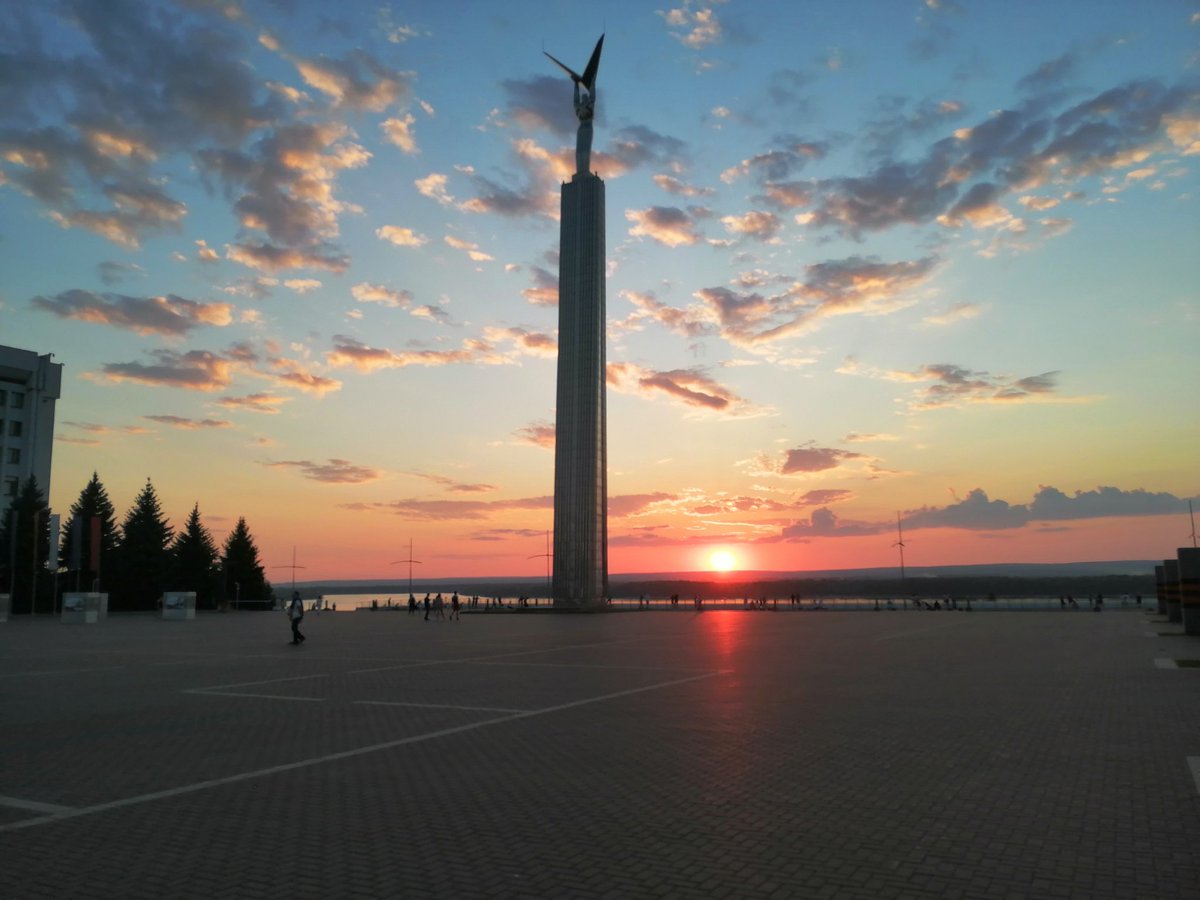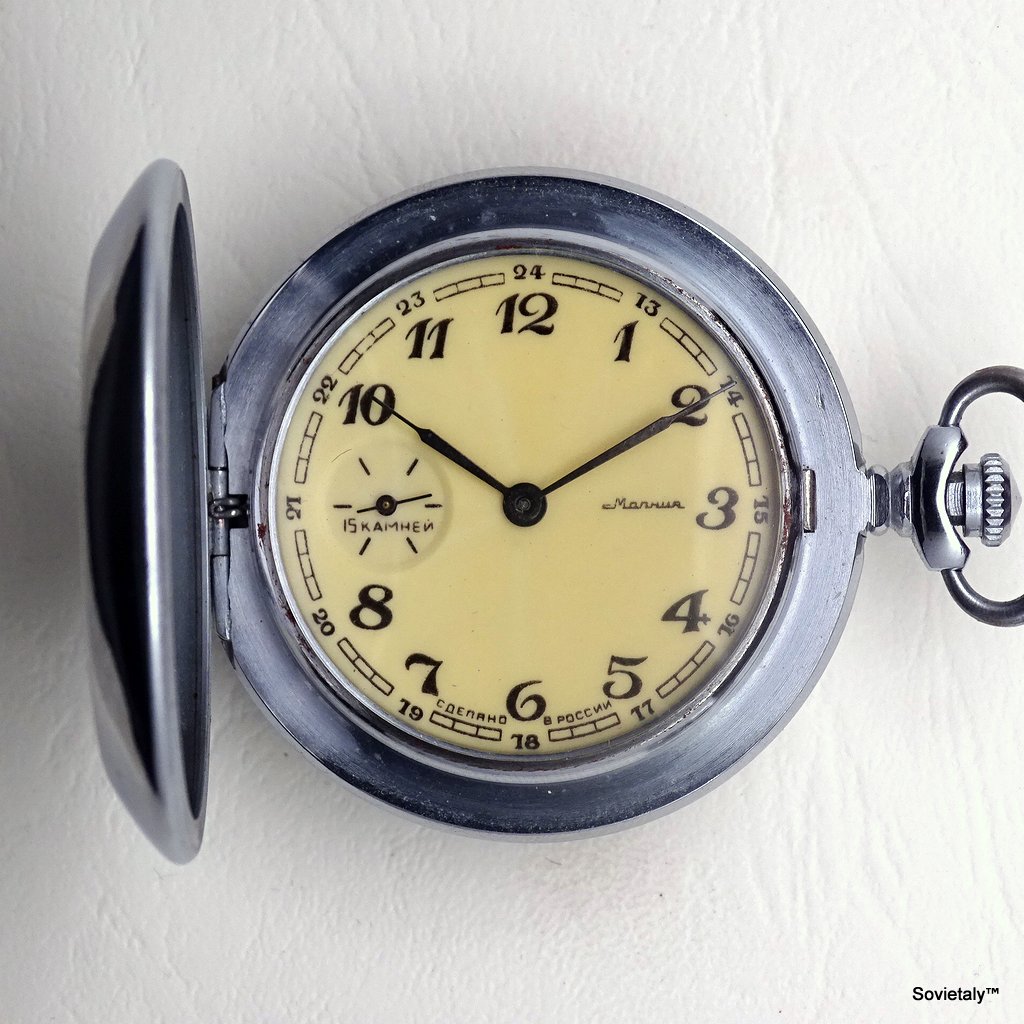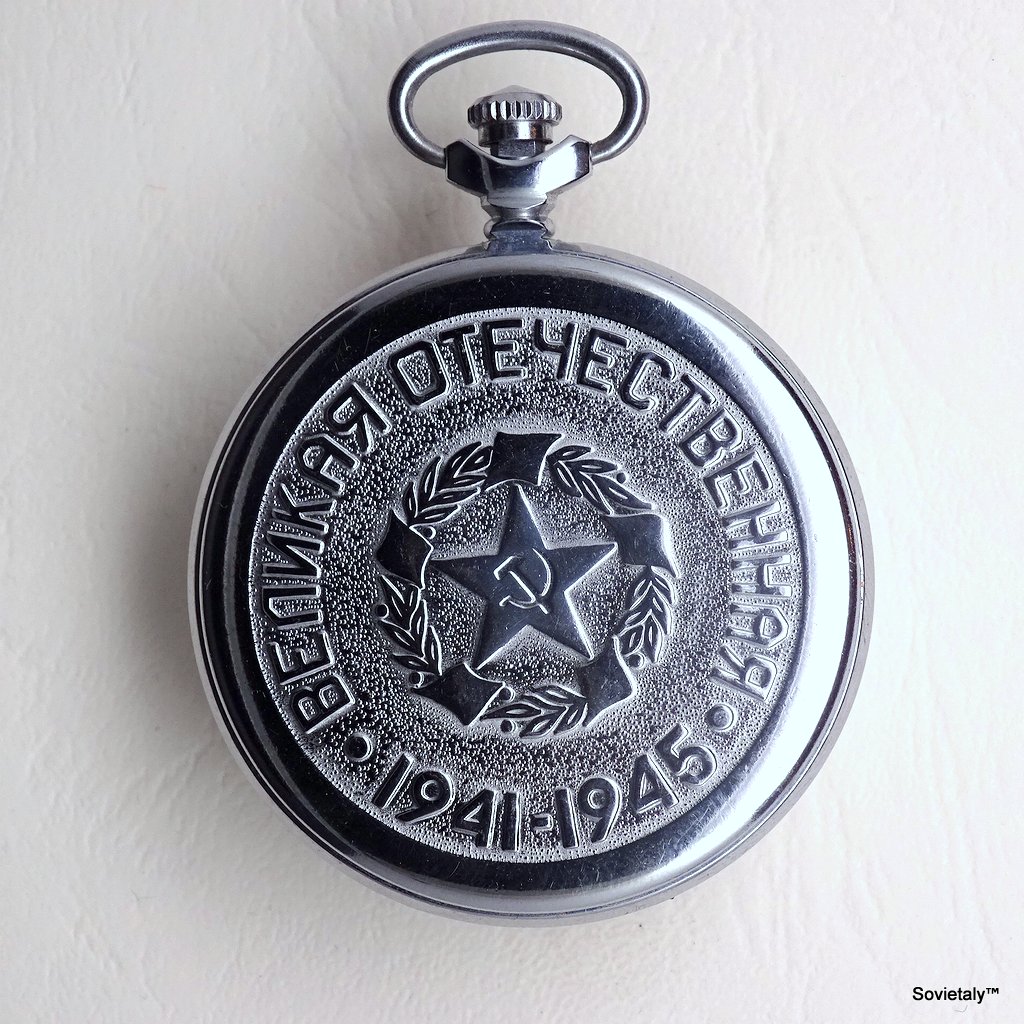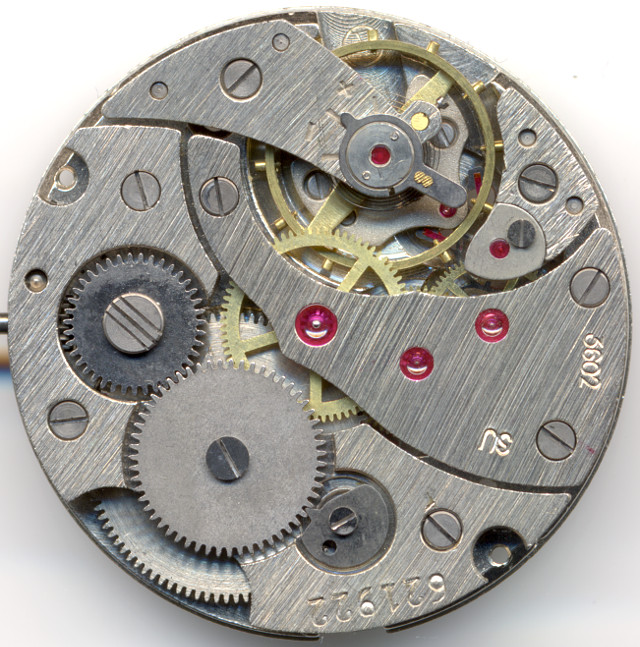A classic Vostok Komandirskie with a TiN-finished case immediately caught my attention, primarily due to the uniqueness of its dial and also because, despite not particularly liking gold-finished watches, this one is decidedly appealing. The white dial probably balances the overall design well.
Determining the Production Date of the Watch
One of the key questions concerns the production date of the commemorative watch. Considering the 50th anniversary of the Central Military Aviation Research Hospital, the production date can be set around 1992. This calculation is based on the fact that the hospital was founded in 1942, making 1992 the 50th anniversary year. The lack of any reference to the USSR or Russia on the dial further supports this hypothesis, suggesting that the watch was commissioned and produced during the post-Soviet transition period.
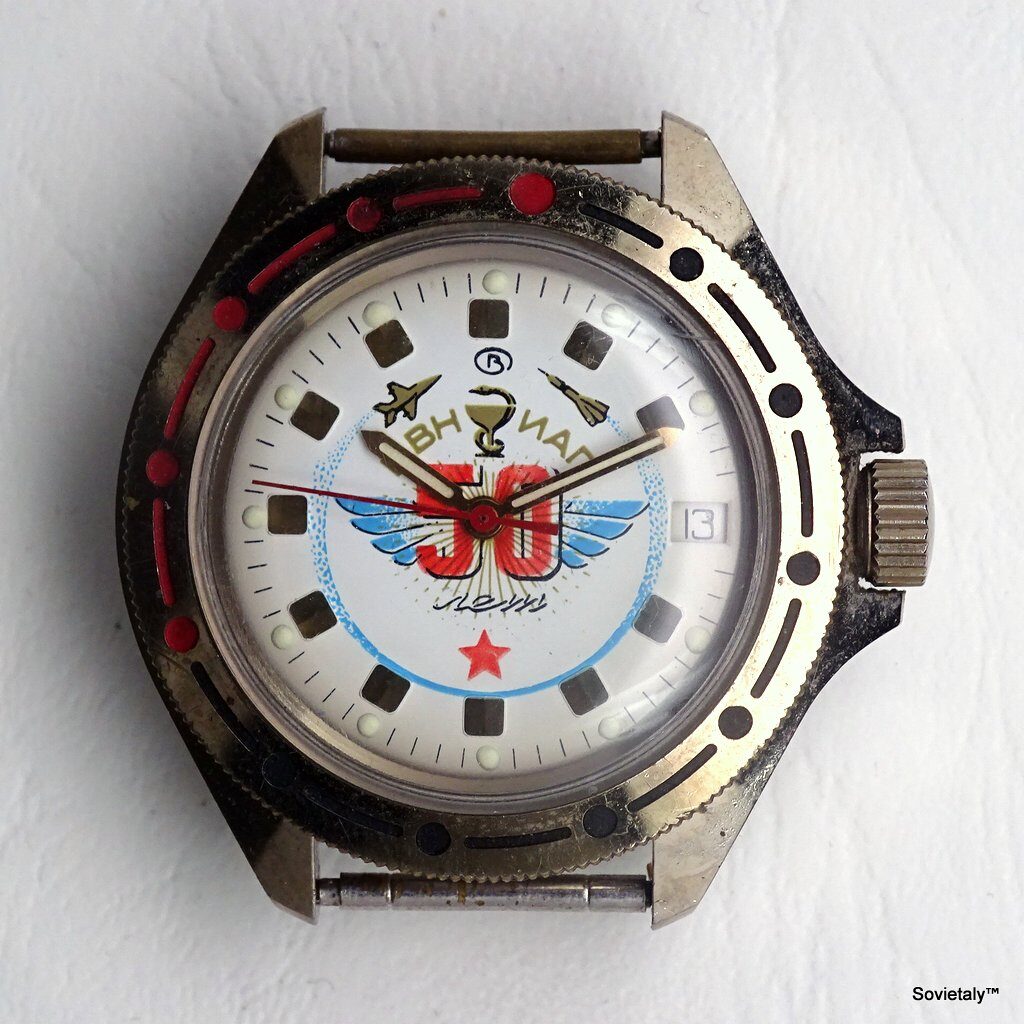
The Commemorative Vostok Komandirskie
The Vostok Komandirskie created for the 50th anniversary of the Central Military Aviation Research Hospital is a unique and meaningful watch. Its distinctive aesthetics and build quality make it a coveted piece for collectors.
Watch Description
- Case: The case is made of brass coated with titanium nitride (TiN), a material known for its resistance and durability. This gives the watch a golden yet robust appearance.
- Dial: The white dial features raised gold indices that add a touch of elegance. In the center, the red number 50 stands out, surrounded by significant symbols such as the Bowl of Hygieia, a military aircraft, and a Soyuz rocket. The blue wings flanking the number 50 represent flight and aviation.
- Hands: The gold hands, with a red second hand, harmonize perfectly with the dial, facilitating easy time reading.
- Caseback: The stainless steel caseback features a rising sun theme and lacks serial numbers, adding a touch of uniqueness.
Technical Specifications of the Watch
- Movement: The watch is equipped with the reliable and precise Vostok 2414A movement. This manual wind mechanical movement is a classic of the Komandirskie series.
- Functions: The watch provides hour, minute, second, and date functions, with a clean and well-organized dial.
Explore technical details: Vostok 2414A Movement
A Piece of History on the Wrist
Owning this watch means carrying a piece of history. Every detail, from the dial to the case, tells the story of the hospital and the Soviet space program. The watch is not just a timepiece but a tribute to decades of innovation and dedication in aerospace medicine.
The History of the Central Military Aviation Research Hospital
Founded on May 7, 1942, by the Russian Ministry of Defense, the Central Military Aviation Research Hospital has played a crucial role in military and aerospace medicine. Originally created to support the medical needs of aviation during World War II, the hospital underwent several reorganizations and name changes over the years.
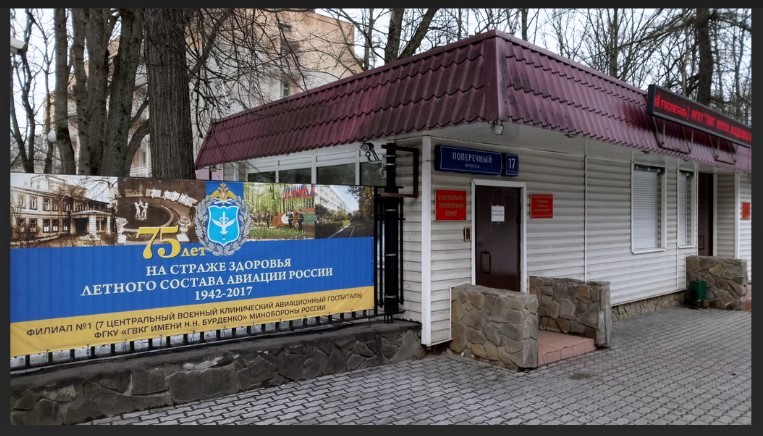
A Turning Point: The Connection with Yuri Gagarin and the Soviet Space Program
In 1959, the hospital began selecting and supporting the first Soviet cosmonauts, including Yuri Gagarin, the first man in space. This connection with the Soviet space program was a turning point in the hospital’s history. Gagarin and his colleagues underwent rigorous medical examinations and intensive training to prepare for space flight (Yuri Gagarin on Wikipedia, Soviet Space Program).
The hospital became synonymous with excellence in aerospace medicine, directly contributing to the successes of the Soviet space program. The medical examinations and support provided to the cosmonauts were crucial in ensuring their physical and mental fitness for space missions.
Explore the hospital’s history: ПроДокторов, Military Encyclopedia
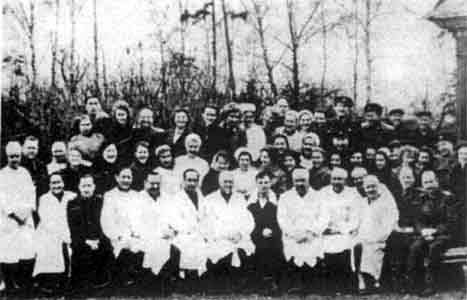
Conclusions
The commemorative Vostok Komandirskie watch is a true gem for collectors and history enthusiasts. Its connection to the Central Military Aviation Research Hospital and the Soviet space program makes it unique and fascinating. A piece that celebrates 50 years of excellence and significant contributions to medicine and space exploration.
Further exploration: Central Military Aviation Research Hospital, Vostok Watches Details



